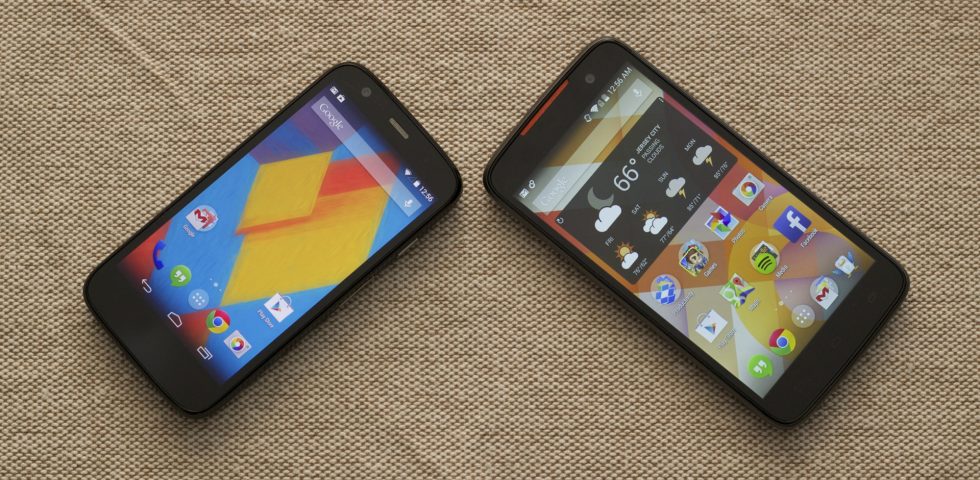
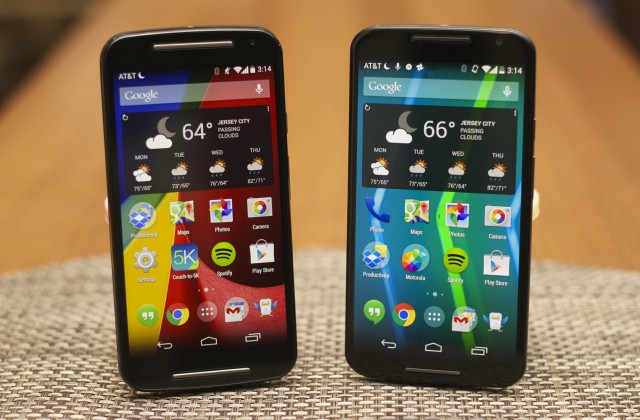
If you were thinking that a high-end handset or a Nexus would be the first device to get the Android 5.0 update, guess again: as far as we can tell, the $179 second-generation Moto G is the first phone to receive a final version of the update. Other phones, including the second-generation Moto X and the LG G3, have made steps toward a Lollipop update, but the Moto G appears to be the first device to move beyond the testing phase. Our unlocked US version of the phone is downloading its 386.7MB Lollipop update now.
Motorola's "Moto" phones are known for their relatively clean, "stock" versions of Android, and as such the official release notes for the Moto G's Lollipop update focus mostly on things that will be coming to all Moto and Nexus phones that will get Lollipop. High on the list are the new "Material Design" UI, lock screen notifications, multi-user support (brand-new to phones, though it was introduced to Android tablets in version 4.2), and the "Project Volta" battery life enhancements.
As of this writing, this update only appears to be rolling out to the larger, second-generation Moto G. Even though the internal hardware is substantially identical, there are no updates available for our first-generation model from late 2013. Expect other Moto phones and the supported members of the Nexus family to begin getting their Lollipop update in the coming days. Our coverage, including our full Lollipop review and several pieces revisiting older devices running Lollipop, will continue as those updates roll out.
Update: A Motorola blog post says the update is going out for the unlocked "Pure Edition" of the 2014 Moto X too. Carrier-locked versions will follow afterward.
Review: The new Moto G doesn’t change
much, but still a steal at $179
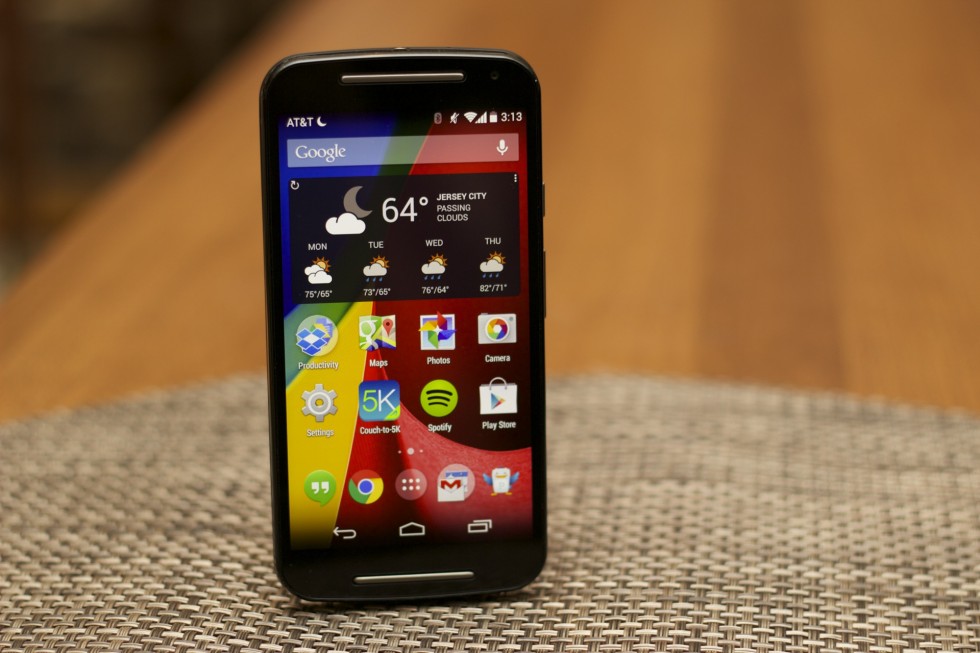
We were big fans of the first Moto G, mostly because it was a budget smartphone that didn't look or act like your typical budget smartphone. Many phones you can buy for around $200 unlocked are still either cheap, underpowered handsets that can never hope to see updates or any additional support from the company you bought them from, or they're near-end-of-life flagships from years gone by.
Decent, current "midrange" phones from the likes of Samsung, Apple, or HTC can still cost $400 or more without a contract, tying many buyers to two-year agreements with major carriers that subsidize the up-front price but eventually end up charging you more than the phone would have cost in the first place. So a $179 unlocked smartphone that has (so far) gotten prompt updates and features reasonably high-quality hardware was a breath of fresh air. Even nine months past its launch, the original Moto G doesn't have a lot of competition.
Motorola has had quite a bit of success with these low-cost phones, though, so the company isn't resting on its laurels. The second-generation Moto G (called simply the "Moto G" in most advertising materials, though with a "2nd generation" tag on the box, Motorola's site, and the phone's About panel) is already here. What's different? What stays the same? And, more importantly, is this still the best Android phone that $179 can buy?
Body and screen
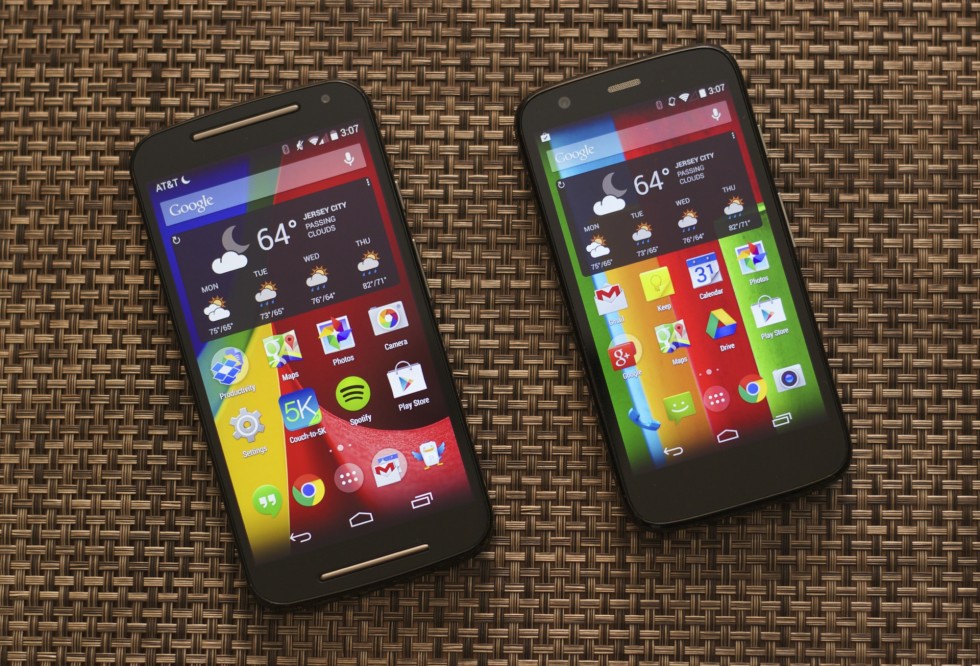
A couple weeks ago I described the Kogan Agora 4G as a Moto G for people who liked larger, 5-inch screens. Now the Moto G is a Moto G for people who like larger, 5-inch screens.
There are a few other changes to the new version of the Moto G, but the bigger screen (and the corresponding larger body) is the only one that's really worth mentioning. Everything else about the display panel is the same as it was back in December—using the same 720p resolution in a larger display leads to a somewhat lower pixel density (294 PPI, compared to 329 PPI in the original), but it's not so much lower that you really notice when you're reading e-books or viewing images or browsing the Internet. The screen even retains the same vaguely purplish cast, a less-than-perfect aspect of the panel that you don't really notice as much in isolation, but you definitely see when the Moto G is sitting next to a Nexus 5 or a Moto X.
The primary casualty here is contrast—looking at a white element on top of a light grey element (the Chrome address bar, for one) on the new Moto G and the new Moto X demonstrates that it's just harder to tell the difference on the Moto G's display. Blacks aren't as black, either, though this is true to some extent for any LCD display competing against an AMOLED display (AMOLED features essentially "infinite" contrast, since black pixels are just switched all the way off; in an LCD panel those black pixels are still lit). Happily, though, our new Moto G doesn't appear to have the backlight bleed across the top of the screen that the first Moto G did. The screen is still great for the price, it just won't be mistaken for a high-end IPS panel.
If you've seen and held the first-generation Moto G, you know what to expect from this one. It's got solid all-plastic construction, and our black model came with a curved rubberized back panel that feels nice in the hand. Our hands, already accustomed to relatively large phones like the Nexus 5 and HTC One M8, didn't find the larger size of the Moto G objectionable, but if you were interested in the phone primarily because of its smaller size you might be disappointed to see it join the 5-inches-and-up club.
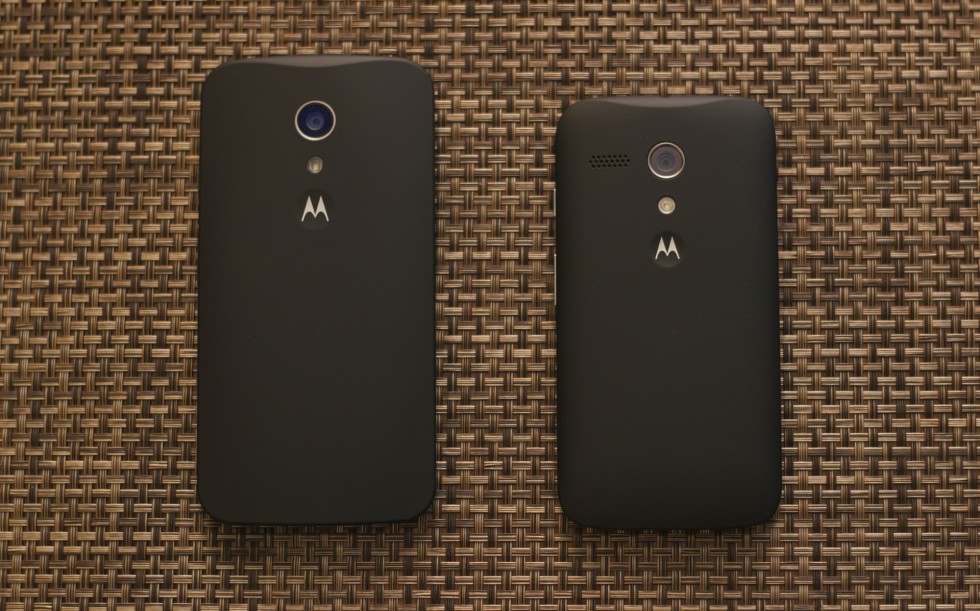
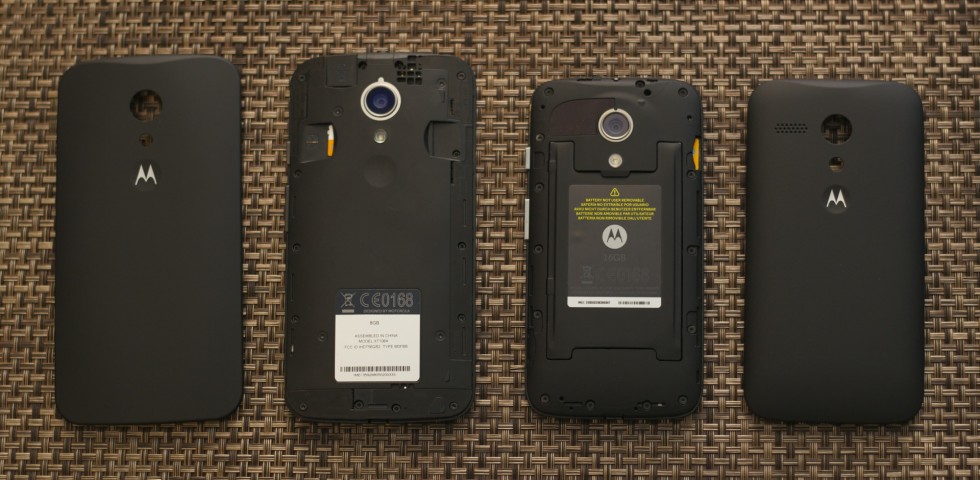
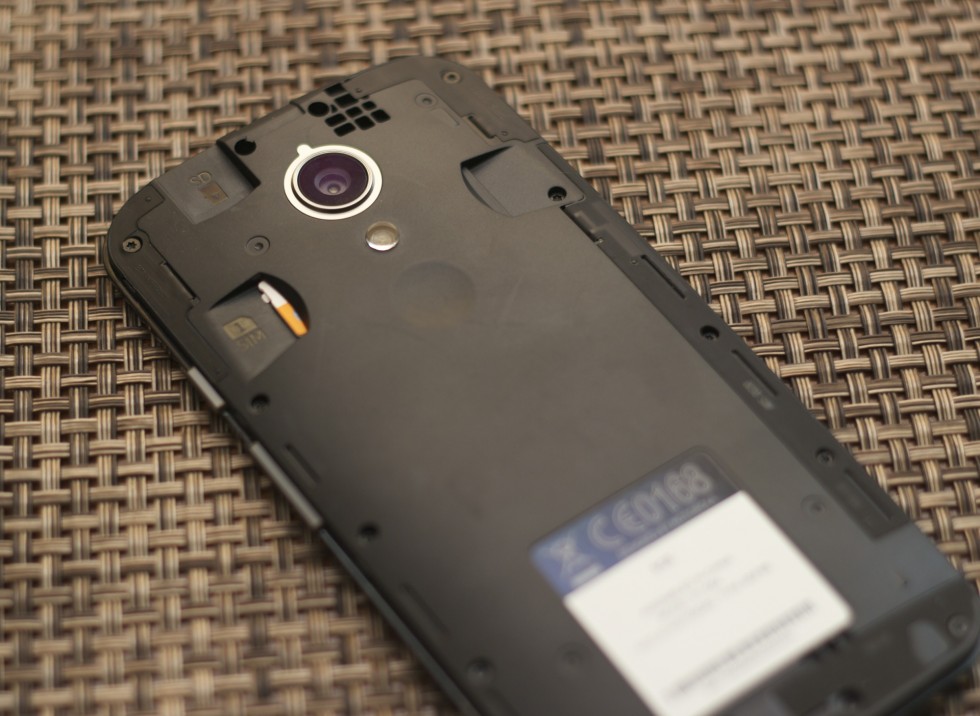

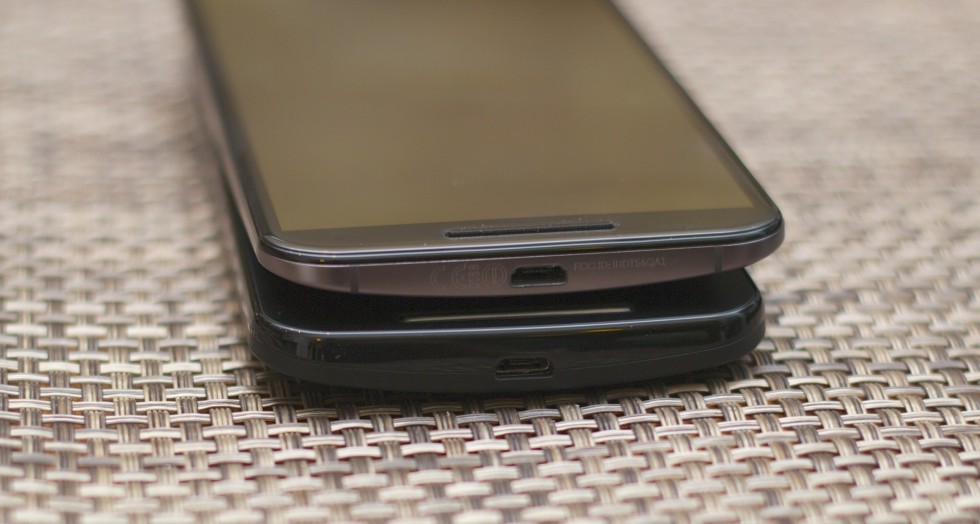
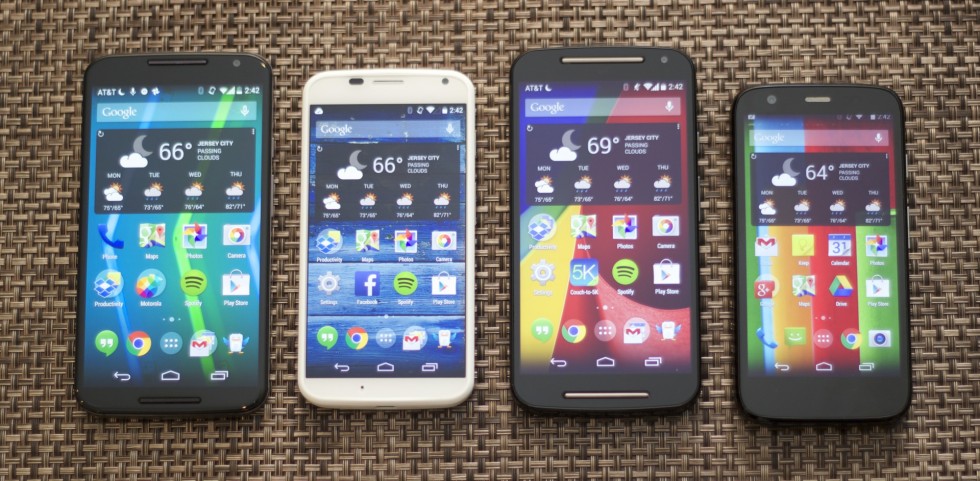

No comments:
Post a Comment